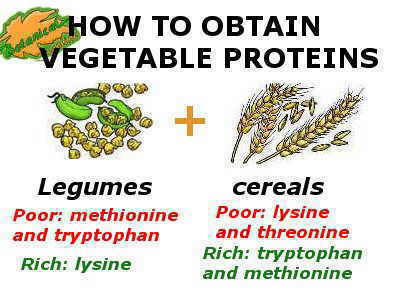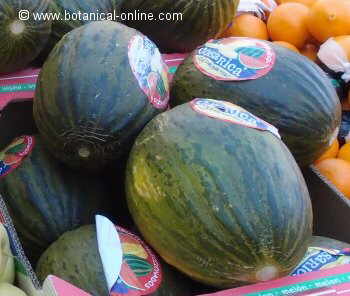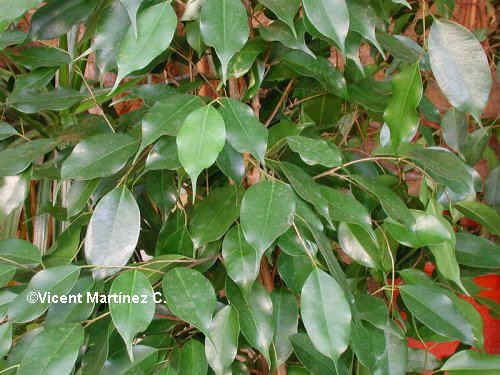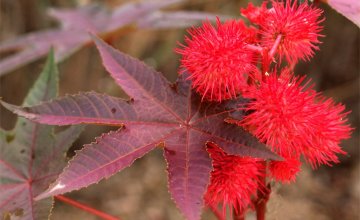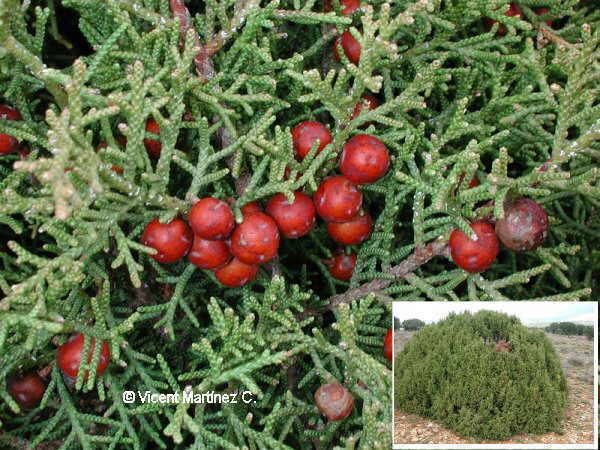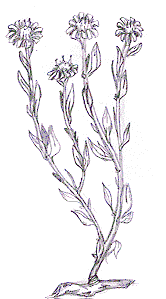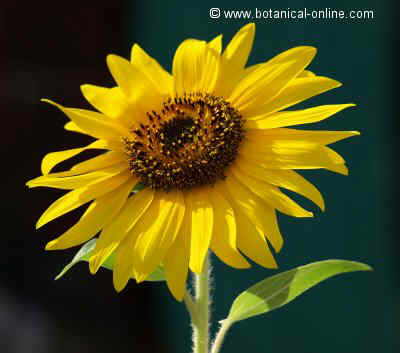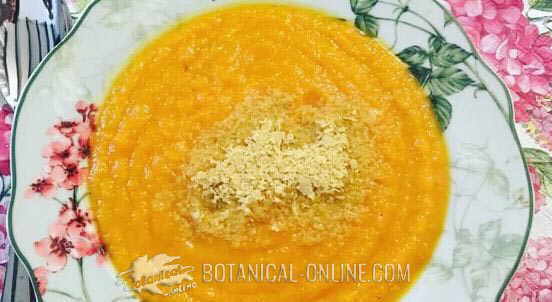Contents
What are pears used for?
What are pears?
Pears are the fruits of pear trees (Pyrus communis).

A pear is shaped like an avocado, but with a thinner and smoother skin.
The color of the skin indicates its state of ripeness, which varies from light green to golden yellow as the fruit ripens.
If we peel a pear, its pulp is white or slightly yellow, with a smooth texture and with round, small, black seeds, located in two holes in the center of the fruit.
What do pears contain?
As a source of energy, 100 grams of pear provide us with 59 kilocalories.
Its nutrient proportion is divided into:
- More than 83% is water
- 0.4% fat
- Close to 0.4% protein
- More than 15% carbohydrates
- 2.4% fiber
Minerals in pears
From a mineral point of view, it is a fruit rich in potassium, calcium, phosphorus, magnesium and selenium, but it also contains iron, zinc, manganese and copper.
Vitamins in pears
From a vitamin point of view, it is a fruit rich in vitamin A, vitamin C, vitamin B9 and vitamin E, among other B vitamins.
Composition of pears
Benefits of pears
- It has a good water content that prevents us from getting dehydrated.
- It gives us energy to have vitality during the day.
- It is a very poor source of fat and protein.
- It has a very high carbohydrate content, specifically sugars.
- It has a moderate fiber content.
- It helps us eliminate toxins from our body, due to its potassium content.ç
- Calcium, together with phosphorus, maintains the balance of the formation of strong bones.
- It helps us maintain proper brain functions, due to its content of phosphorus and group B vitamins.
- Due to its vitamin B9 content, it helps to grow correctly.
- Magnesium helps muscle relaxation.
- It protects our skin and helps keep it healthy, due to its vitamin A content.
- It protects us from colds and helps heal wounds, due to its vitamin C content.
- It protects us from toxins and aging, due to its vitamin A, C and E content and its mineral content: selenium and zinc.
| * Related information: More information about pears |
Pear recipes
![]() More information on children's nutrition
More information on children's nutrition

